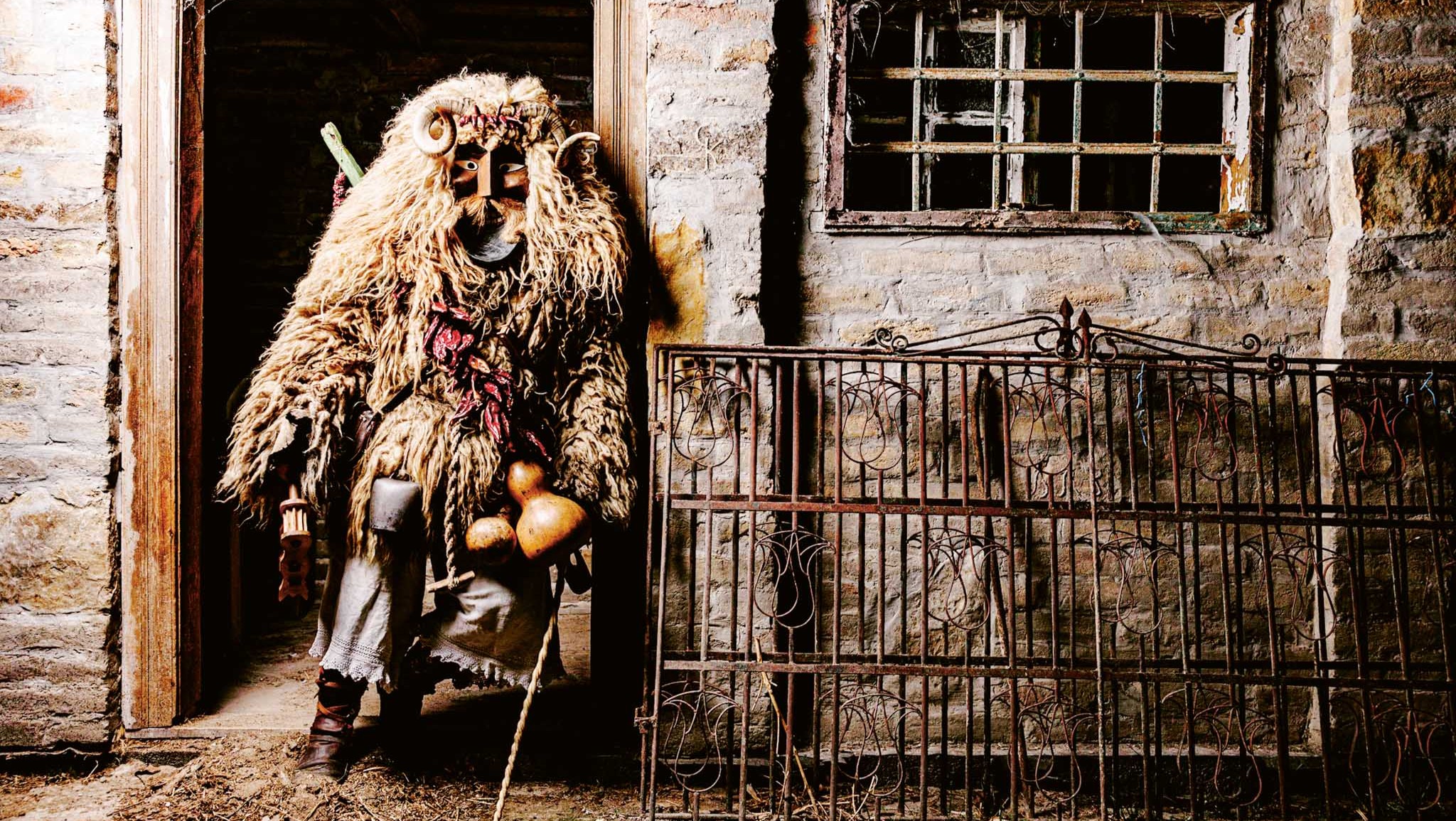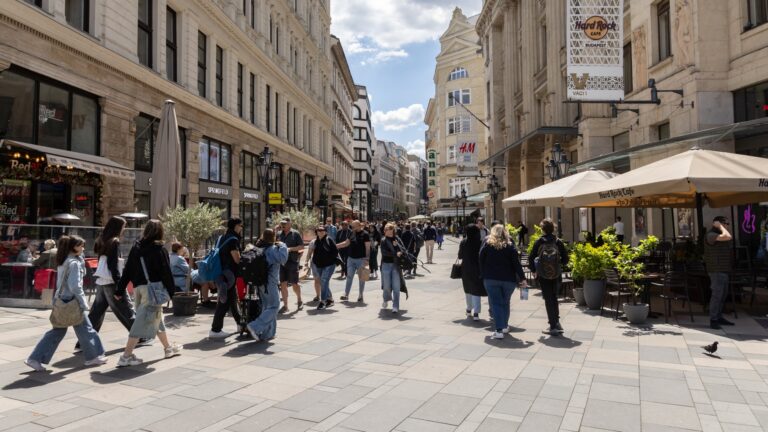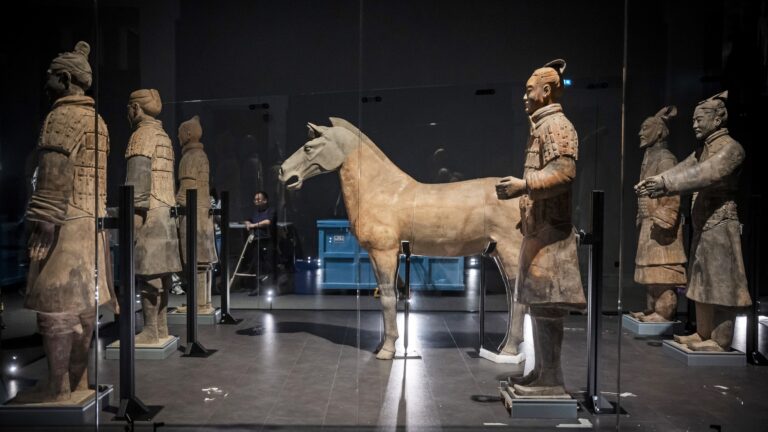The following is an adapted version of an article written by Emese Hulej, originally published in Magyar Krónika.
Hot-blooded, loud, long, sometimes boisterous, highly communal, merry, and scary all at once. This is how the Busójárás (‘Walk of the Busós’), rooted in a 17th-century tradition and included in the list of Hungarikums since 2012, can be best described.
This tradition of saying farewell to winter, which is on UNESCO’s list of Intangible Cultural Heritage and a Hungarikum, has managed to keep its authenticity and has not fallen victim to tourism. The local people, young ones as well, still take part in it today, making it their own, and it is no exaggeration to say that they prepare for it all year round. No wonder that every year more than 2,000 busós take to the streets of Mohács, jumping around the bonfire, spinning the clapper, and crossing the Danube.
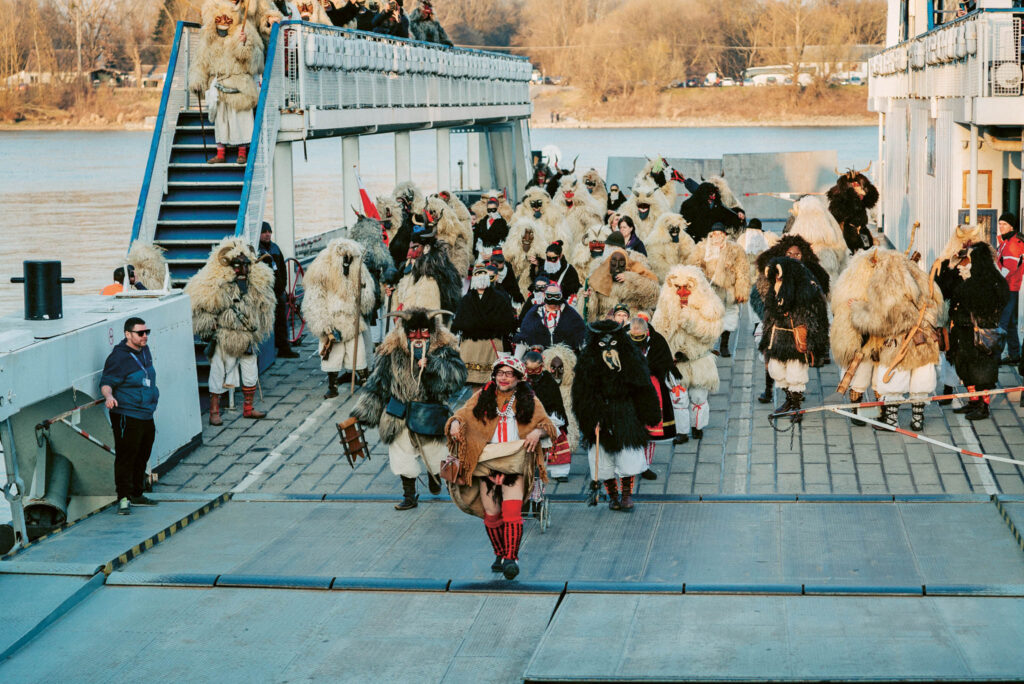
Becoming a busó for a few days is much more than just being dressed up. It is a real transformation. Hiding behind a mask is a kind of freedom, like commenting anonymously. The difference, however, is considerable, exactly the same as between online and offline experiences. And of course, everyone uses this freedom for different purposes. But a busó never reveals himself, changing his mask year after year if he has to, because it is much more than just a game, it is a state of altered consciousness approaching mysticism, an unending, passionate game, and virtue.
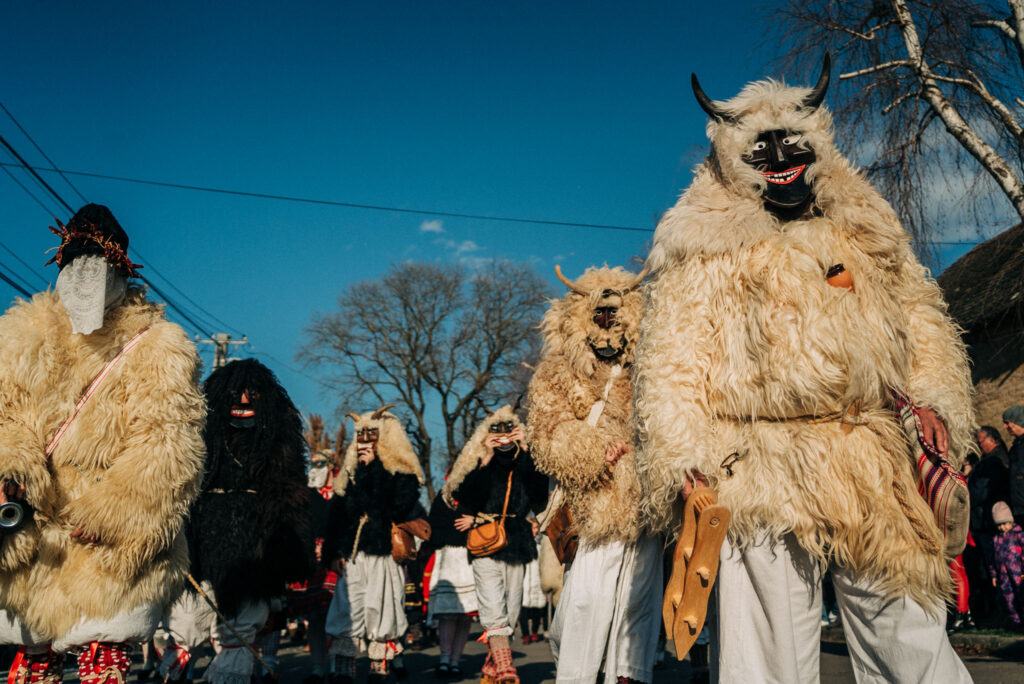
Among the rich folk traditions of the Catholic Croats from the southern Slavic territories, the Šokac, the Busójárás has become the best-known. It is their way of chasing winter away and, more broadly, all the dross of life: anger, fear, and discontent, in order to make way for a season of hope, spring, and the better feelings it brings.
‘Among the rich folk traditions of the Catholic Croats from the southern Slavic territories, the Šokac, the Busójárás has become the best-known’
The busós wear white linen trousers, often stuffed with straw, and knobby stockings and sandals. A fur coat, which may be short or long, light or dark, is put on over these, and the haversack is then thrown over it. The fur is fastened to the coat with a belt or a rope, and the cowbell is attached to that. In addition, a flask of spirit drink is usually kept in the haversack, because until the winter is gone, it is still freezing cold for the son of man.
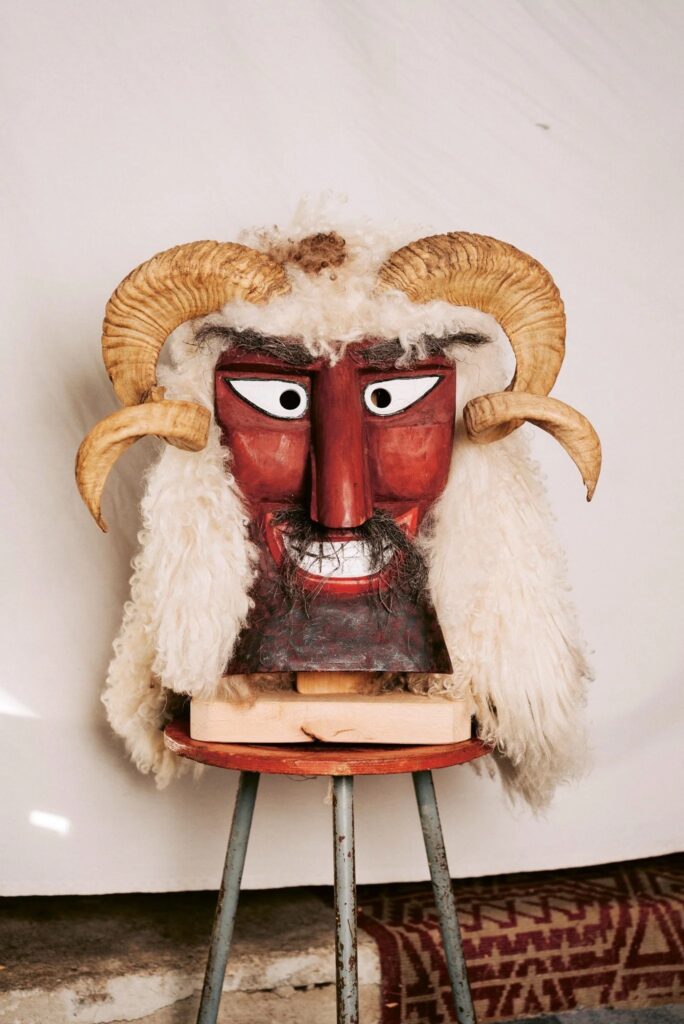
The main ornament and crowning glory of every busó is their wooden mask, painted with pig’s blood, carved from red willow or linden by the masters, who often take over the mask-making baton from their fathers or grandfathers. These big wooden masks, though their mouths are carved into wide smiles, are more frightening than cheerful.
All busó masks are gap-toothed, but there is a technical reason for that as the drill has to be inserted somewhere to work out the gap between the teeth. A hole is drilled for the nostrils and of course, the eyes as well, but the busós usually only have tunnel vision. The mask is topped with the horns of Racka sheep, goat, or bull, which are today attached with screws used for plasterboard. The process of putting on the horns is followed by leathering, when the fur is applied to the mask, which can be light or dark, too, but the point is that it must be well tailored to cover whatever it is needed to cover.
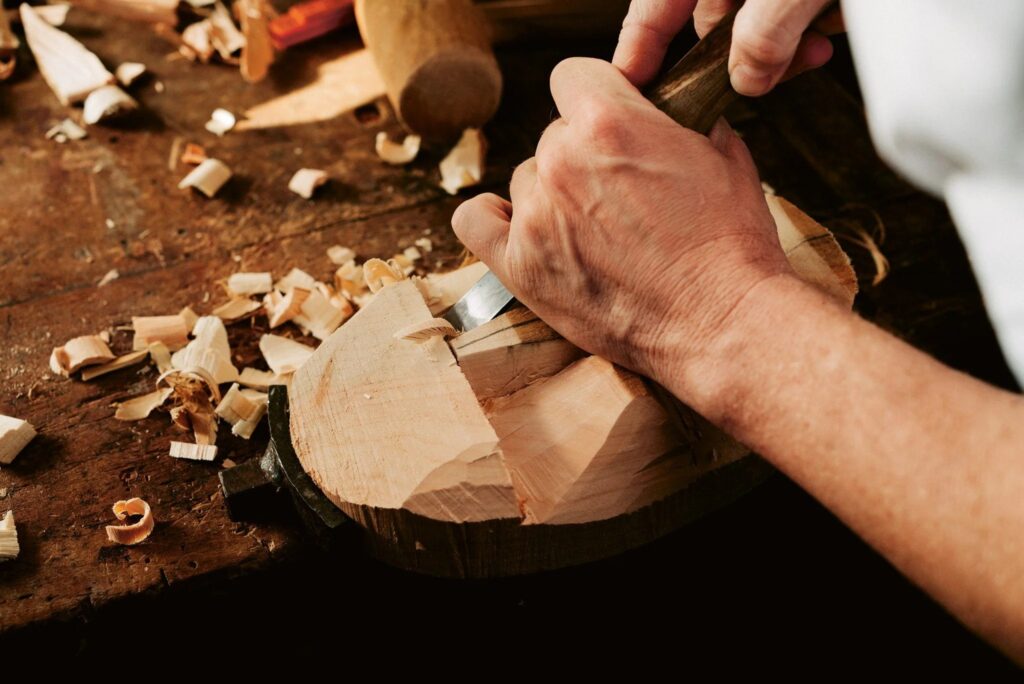
‘All busó masks are gap-toothed, but there is a technical reason for that’
After all this effort, it is no wonder that the Busójárás is a multi-day event, culminating in the Sunday parade. The procession is also attended by Šokac girls and women, dressed in black lace masks and beautiful costumes. An important episode of these days is floating the coffin of winter—after all, it is the funeral of the season.
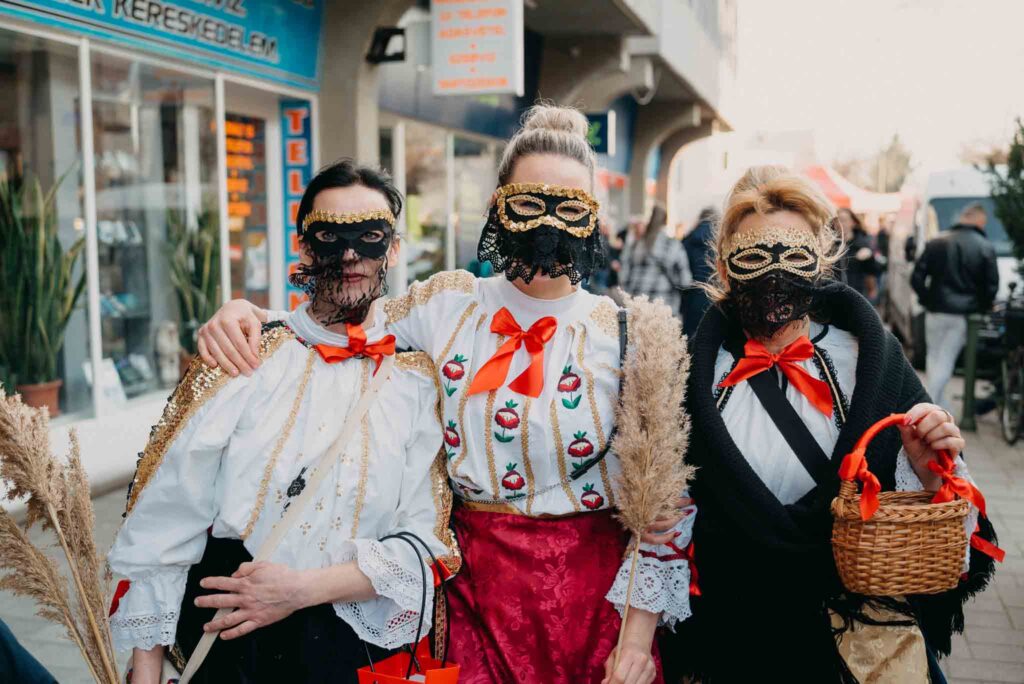
The Busójárás has been listed as a Hungarikum since 2012, so if you want to see it this year, visit Mohács between 27 February and 4 March.
Related articles:
Click here to read the original article.

